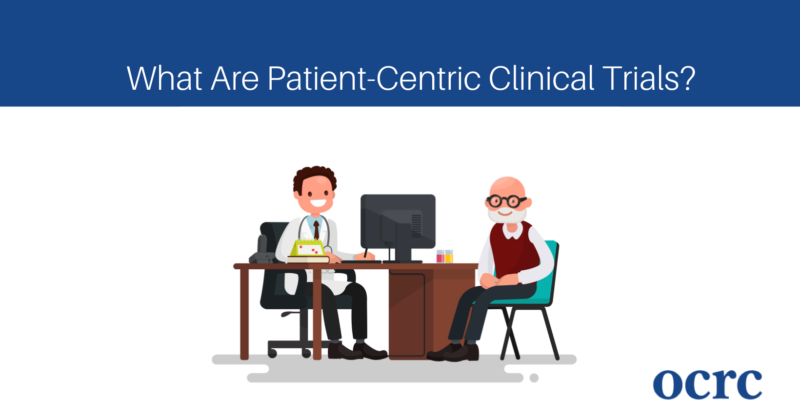
Patient volunteers are essential for the success of any modern clinical trial. However, despite the best efforts of a research center, the volunteer experience may sometines fall on the back burner. Some participants may feel that communication throughout the process is lacking. Unfortunately, this decreases the chances that the volunteer will be willing to return for more clinical trials.
One recent study showed that 19 percent of 2,579 clinical trials were terminated due to failure to recruit participants. Even if enough volunteers participate, the study can fail if too many individuals drop out before the study’s completion. In fact, another study showed that on average, up to 50 percent of participants in a randomized trial for weight loss drugs quit within one year.
The concept of patient-centric clinical trials—the idea that a study should be designed with the patient at the forefront to improve the overall experience— had been widely known as a buzz phrase within recent years. One study showed that trials utilizing a patient-centric method were able to recruit double the patients in almost half of the average time, increasing the likelihood of a medication’s approval by 19 percent. Interestingly enough, only 5.2 percent of Phase II and III trials were actually using this method.
While the intention of patient-centric trials is clear, the application is not as well-defined. Traditionally, clinical trials design is based purely with the research goals and outcomes in mind. Now, researchers are finding out that they need to be more intentional with their consideration of the participants throughout the trial, from initial design to outcome results.
One goal of patient-centric trials is to encourage the participants to feel a greater sense of committment to the clinical study. Many volunteers don’t fully understand the research and never learn the results. This may lead them to feel a lacking sense of appreciation or acknowledgement. If patients develop a deeper understanding of their impact on a particular trial, they may be more willing to commit to the duration of the trial, and thus yield higher-quality patient-reported outcomes.
Before a trial begins, it’s important to assess the priorities and concerns of the participants. This includes any potential side effects and effects on their lifestyle. Throughout the trial, communication should be consistent and educational, with key information provided in understandable terms. Additionally, patient communication should be designed with cultural and language differences in mind, especially with the ever-growing importance of diversity in clinical trials.
Even after the clinical trial is over, patient communication should continue. Implementing closure plans can be a helpful method for increasing the likelihood of a patient’s return for further participation in trials. This could be as simple as sending study results to the participants along with a thank-you note addressing the time and effort they put into helping the trial succeed.
Patient centricity is an evolving concept which will eventually progress into a more regulated practice and, ideally, become the norm to ensure best practice and continuity between researchers and participants.
To learn more about clinical research, check out our other posts, such as 10 Interesting Facts about Clinical Trials. You can also contact us to inquire about current research volunteer opportunities.
